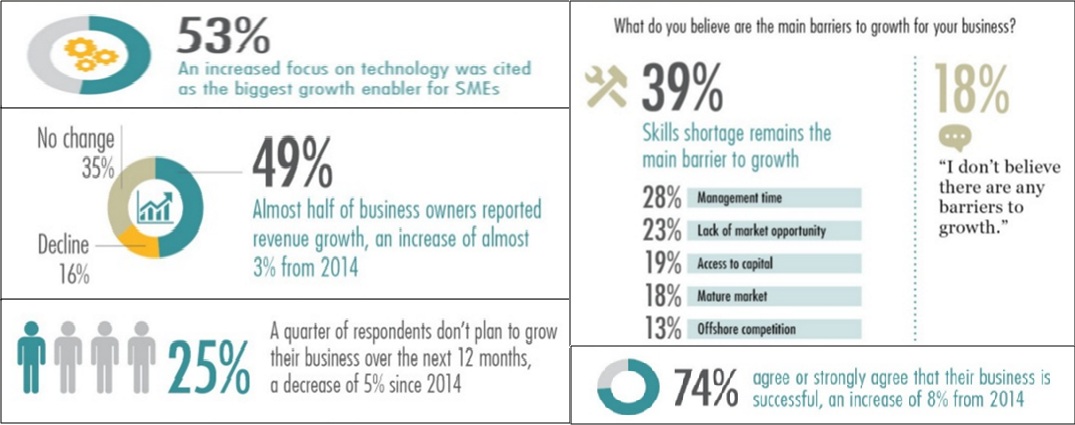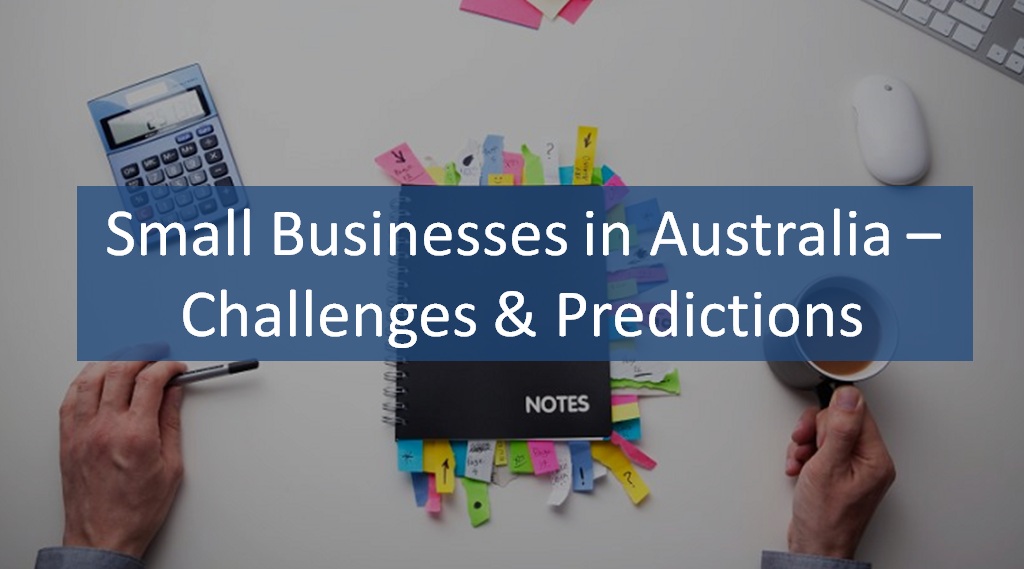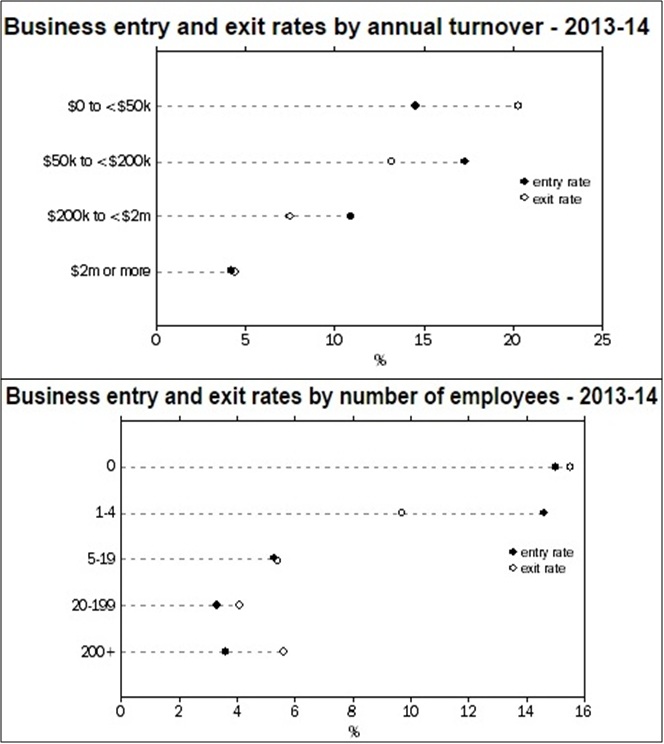Majority of Australian SMEs (Small and Medium Scale Enterprises) have been facing increasingly difficult conditions – some in common with medium and large enterprises – such as market fluctuations and economic instabilities. Unavailability of access to initial investment capital presents SMEs with a bigger challenge.
RSM Cameron Bird’s Think Big 2015 report revealed that 44% of SMEs have an exit strategy, with 16% of small-business owners planning to exit their business this year, 19% in the next 1 to 2 years, 22% in the next 3 to 4 years, and 41% in the next 5 to 10 years.

The latest Bibby Barometer – a bi-annual SME sentiment survey – found that close to two in five (39.5%) businesses say that their cash flow is more difficult to manage than 12 months ago, up slightly from 37.7% in July 2014. The survey also revealed the top 5 challenges faced by Australian SMEs, as per the respondents –
- Rising expenses (36%)
- Work life balance (29%)
- Increased competition (29%)
- Managing cash flows (29%)
- Time management (25%)
In the past, most small businesses struggled to attract new customers to continue stable operations by means of word of mouth and small advertisements around the town; printing in newspaper or advertising on television and radio was hardly an option due to stringent budgets. Things have drastically changed with the introduction of internet and social media. According to a survey, only 31% of Australian SMEs are using social media to reach new customers, while medium sized firms spend 3 times more than SMEs.
As per the Australian Bureau of Statistics, in 2013-14, the business entry and exit rates were highest for businesses with no employees, while business exit rates were highest for businesses with annual turnover under $50,000 and lowest for businesses with annual turnover of $2 million or more.
A common outlook of the small businesses includes minimal help from the policy initiatives introduced by the government. The MSMEs need to be buckled up at the initial level and be aware of each law and norm so as to evade future run-ins with legal affairs.
The increase in fuel costs has also been a major grievance for small-business owners across Australia. Jobs that require constant travel in-between, like plumbing and electricity might experience a major setback. The most effective solution to this is to divert towards the use of fuel-efficient cars that are in-built with hybrid engines and to use GPS systems, which can significantly reduce the number of kilometers.
Apart from the current situation, what is expected in the coming years?
Here is what expert economists predict.
- Employment growth is expected to continue at approximately 1.8% in the next two years, holding the unemployment rate at 6.2% in 2016 and bringing it down to 5.8% in 2017. Wage growth will remain historically low in range of 2% to 3% in 2016 followed by approximately 3% in 2017.
- The lift in economic growth is expected to cut the budget deficit in line with government forecasts from AUD 37.9 billion to AUD 35 billion in 2015-16, and to AUD 26 billion in 2016-17.
- Forecasts for the Reserve Bank of Australia cash rate range from a cut from 2% to 1.5% by the end of 2016 to an increase to 2.35%. The forecasts for 2017 range from 1.5% to 3%. The central forecast for 2017 is 2.75%.
- Business investment will remain a drag on economic growth, falling a further 6.5% in 2016 and 1.6% in 2017.
In another article, Tara Duveanu, founder and digital planner, Nollar predicts, “One thing we’ll see in 2016 is an increase in cyber attacks targeting small businesses. This is something already happening in Australia, where small businesses are targeted by ransom ware attacks (eg. Cryptowall). Australian business owners are targeted now because the cost of living in Australia is high, so it’s easier for the cybercriminals to squeeze more money.”
Want to know how we helped our clients in better decision making through research & networking? Let our work speak!


